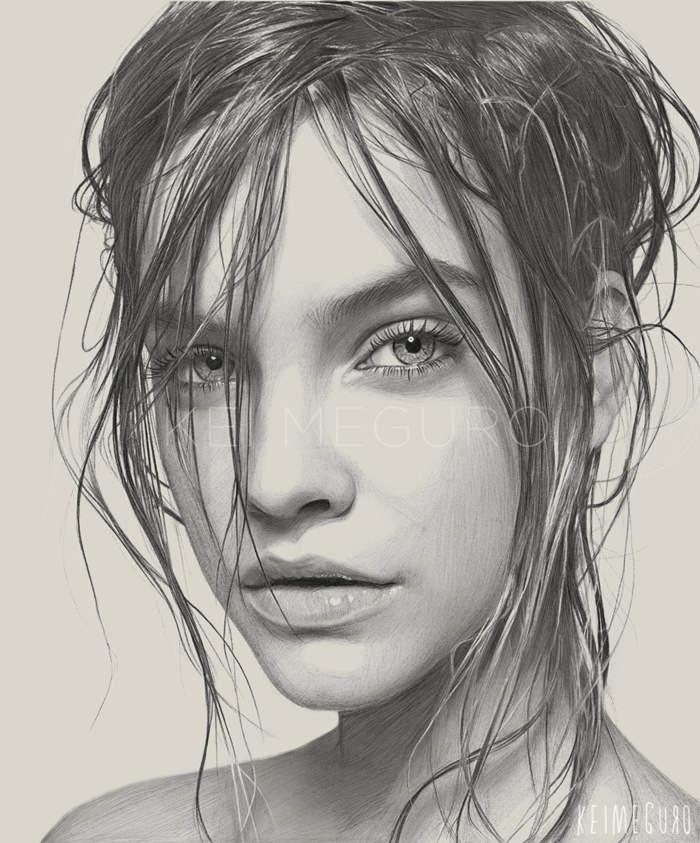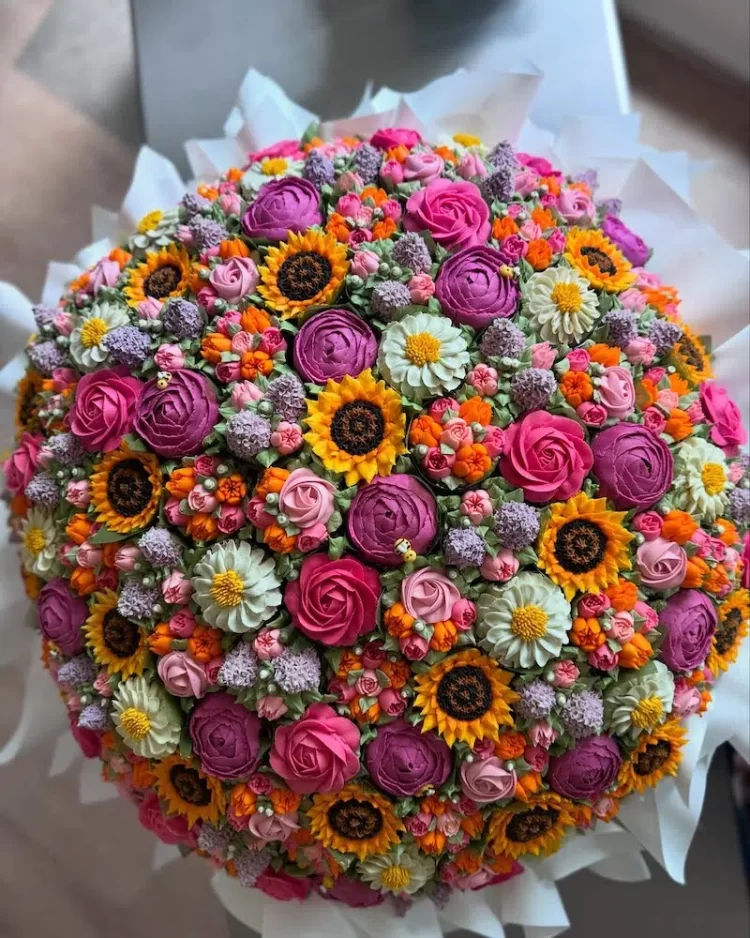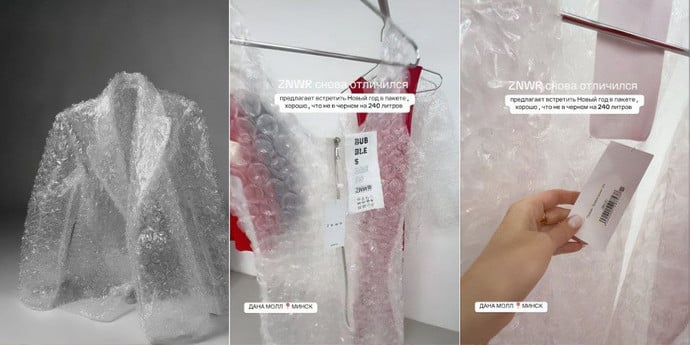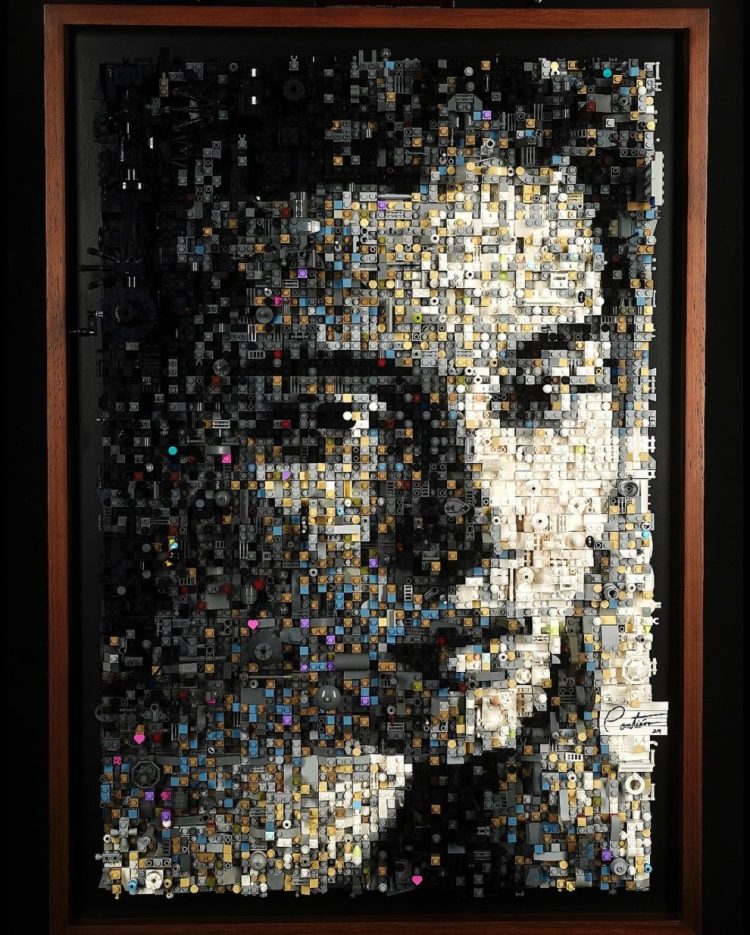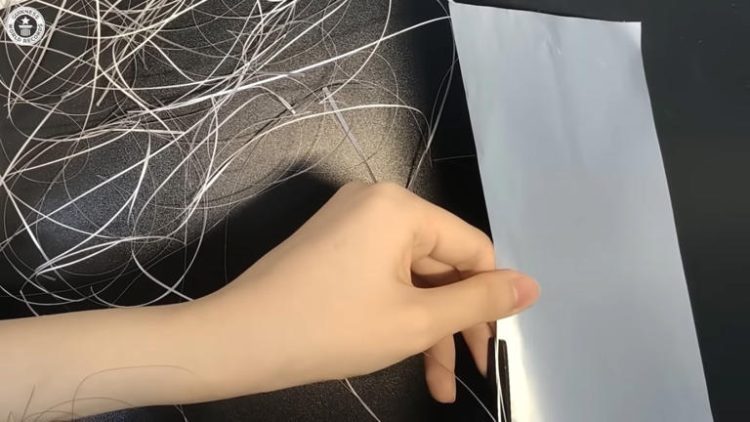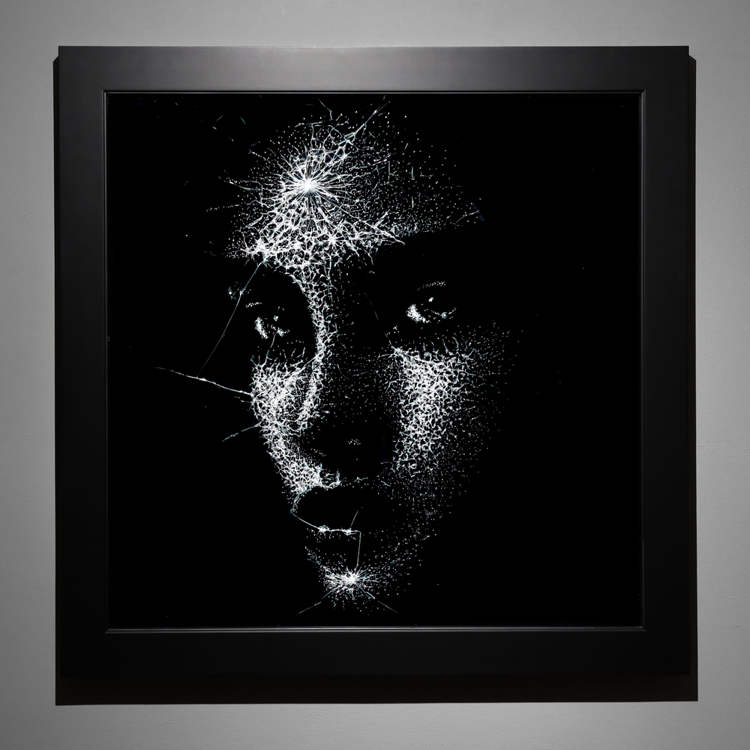The sweet art of painting with caramelized sugar can be witnessed in China’s Sichuan province. Although not as popular as it once was, this ancient craft still manages to amaze tourists lucky enough to stumble upon a skilled street artist.
According to experts, this type of Chinese folk art originated from the Ming Dynasty when sugar animals and figures were created as part of sacrificial rituals. During the Qing Dynasty, it gained even more popularity and the techniques were upgraded, which resulted in an increased number of patterns, most of them inspired by nature, wildlife and religion . In the beginning, people used molds to shape the caramelized sugar, but they were gradually replaced with a small bronze spoon that had to be wielded by talented artists who were usually well versed in the art of normal painting as well. “Painting” artistic pieces from melted sugar is very different than regular painting. Because the hot sugar cools down very quickly, the painter has to work swiftly, making sure he follows the correct order of strokes to get every shape just right. In order to get familiar with the process and the technique, it’s recommended that artists practice normal painting first.

Photo: Chinese Time School
Practitioners of this centuries-old craft use brown or white sugar as the main material, a bronze spoon and a small shovel as tools, and a slab of marble as the canvas. The sugar is melted over a fiery pot and spread over the canvas with the spoon. Once the shape is completed, the shovel is used to glue a wooden stick to the artwork and to separate it from the marble slab. For around to Chinese yuan (30 cents) you can have your very own caramelized sugar dragon or phoenix and a unique souvenir.
The number of sugar painters in the Sichuan province has been declining for some time, as kids these days are more attracted to computer games and gadgets than such ancient traditions, but the art it’s garnering support from both the general public and the Government, who had it listed as a Provincial Non-Material Culture Heritage.


